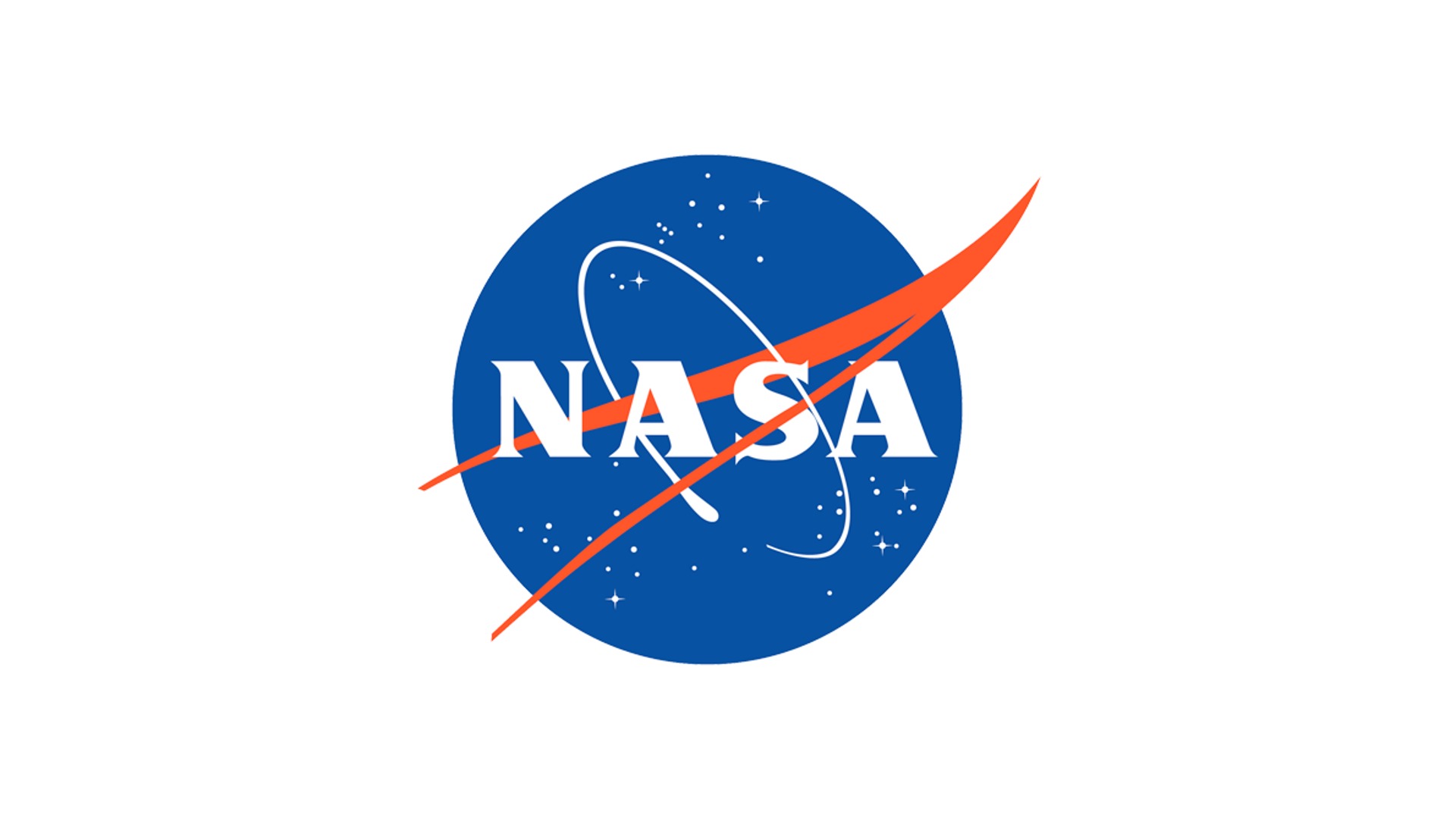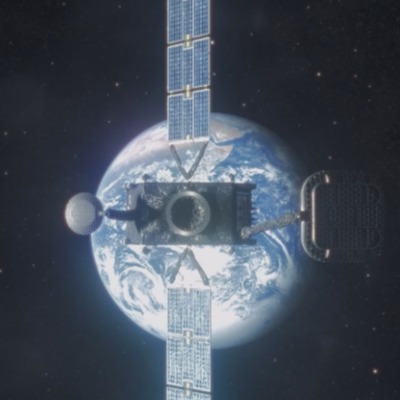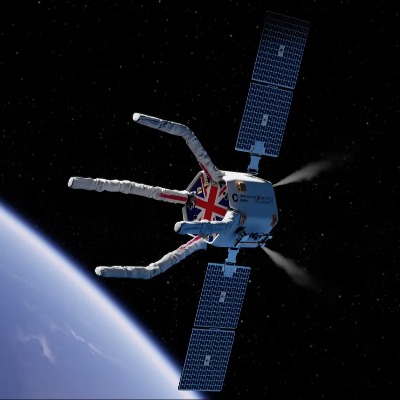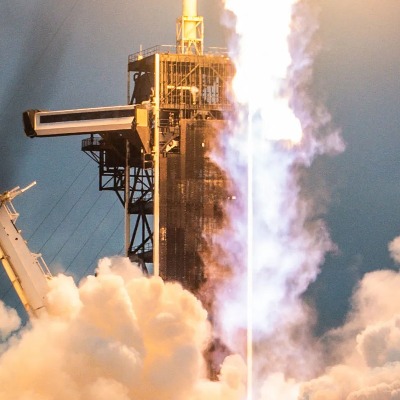NASA's Warp Speed Dream: Two-Month Mars Missions On The Horizon

In a groundbreaking announcement that could redefine human space exploration, NASA has unveiled plans to invest in a revolutionary rocket capable of transporting humans to Mars and back in a mere two months. This unprecedented speed, achieved by propelling the spacecraft at a staggering 100,000 miles per hour, represents a monumental leap forward in space travel technology.
The proposed rocket, still in the early stages of development, has the potential to drastically reduce the risks associated with long-duration space missions. Astronauts would be exposed to significantly less radiation, and the psychological toll of prolonged isolation would be markedly diminished.
"This is a game-changer," said [NASA official's name], emphasizing the agency's commitment to making human exploration of Mars a reality. "By dramatically shortening travel time, we're not only increasing the safety of our astronauts but also opening up new possibilities for scientific research and discovery."
While the concept is still in its infancy, NASA scientists are confident that the technology behind this hypersonic rocket is feasible. The agency plans to collaborate with leading aerospace companies and research institutions to overcome the engineering challenges and bring this ambitious project to fruition.
If successful, this development could mark the beginning of a new era in space exploration, with humans venturing farther and faster into the cosmos than ever before. The implications for scientific research, commercial space travel, and even the potential for human colonization of Mars are profound.
NASA is expected to provide further updates on the project in the coming months, as engineers and scientists work tirelessly to turn this audacious vision into a tangible reality.




